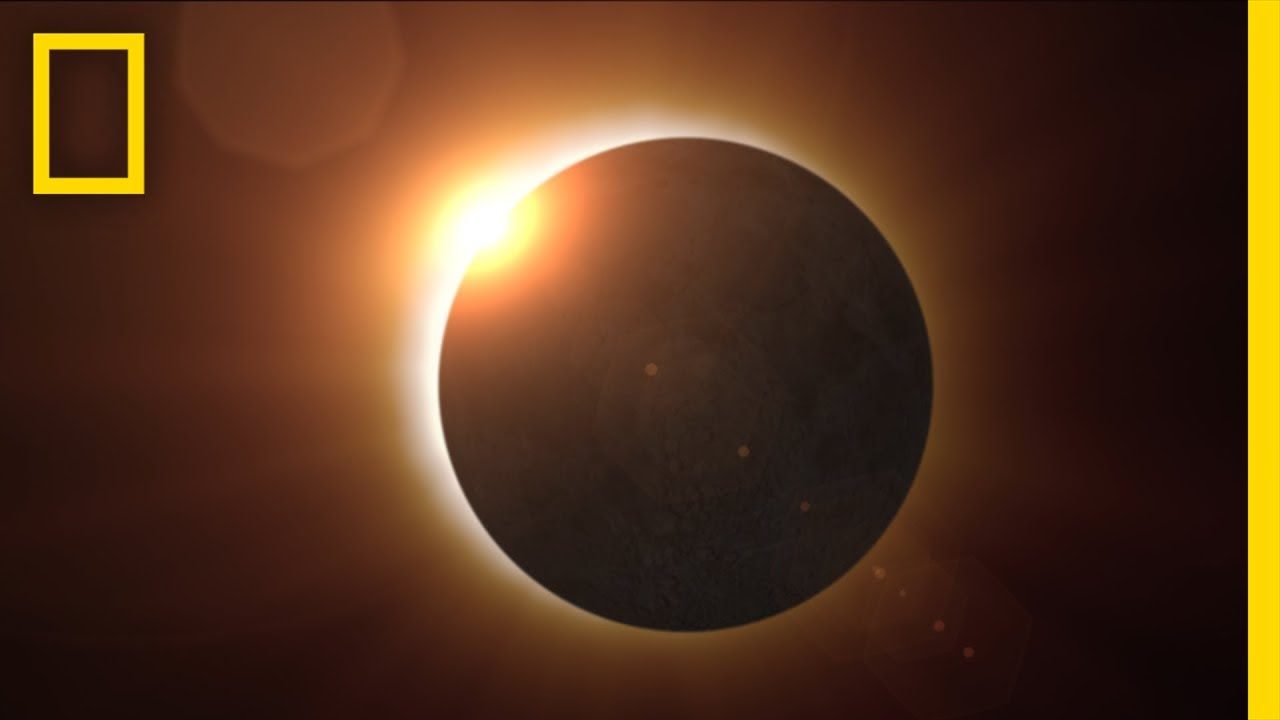Solar Eclipse 2020 Date and Time: A solar eclipse, or Surya Grahan, is when the Earth gets covered by the shadow the moon casts when it covers the sun, either fully or partially block the sunlight, and the Earth, sun and moon are in perfect alignment. In simple words, the moon passes between the earth and the sun, and the point of perfect alignment is the time when the solar eclipse occurs.
This year, the world is going to witness its first solar eclipse on June 21. When it is a total solar eclipse, the sun disk is completely covered by the moon, but in partial and annular eclipses, only part of the sun is covered. This will be an annular eclipse.
The Annular solar eclipse forms a ring of fire, however, it is different from a total eclipse. It will be visible in parts of Africa such as- the Central African Republic, Congo, Ethiopia, Pakistan, India, and China.
The solar eclipse or annual solar eclipse will be visible in India.
India Timings of Surya Grahan:
As per timeanddate.com, the timings of Surya Grahan in India is-
- First location to see the partial eclipse begin – 21 Jun, 09:15:58 am
- First location to see the full eclipse begin – 21 Jun, 10:17:45 am
- Maximum Eclipse – 21 Jun, 12:10:04 am
- Last location to see the full eclipse end – 21 Jun, 14:02:17 am
- Last location to see the partial eclipse end – 21 Jun, 15:04:01 am
During any type of eclipse, there are a few dos and don’ts which everyone should follow:
Usually, a solar eclipse occurs about two weeks before and after the lunar eclipse. The most common is two consecutive eclipses, sometimes three. There have been two lunar eclipses this year-January 10 and June 5 respectively.
The National Aeronautics and Space Administration (NASA) previously informed as well as warned observers to maintain caution while seeing a solar eclipse, in a statement they said, “All observers will need to wear solar eclipse glasses at all times, and attempts to photograph it will require special solar filters.”
The eclipse cannot be seen with the naked eye because it can damage the eyes. Observers should use binoculars, a telescope or optical camera viewfinder, and the correct filter or film to watch the eclipse. Ordinary binoculars or telescopes should not be used.


















